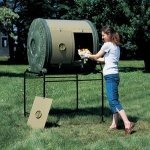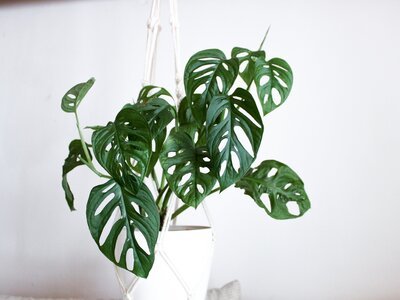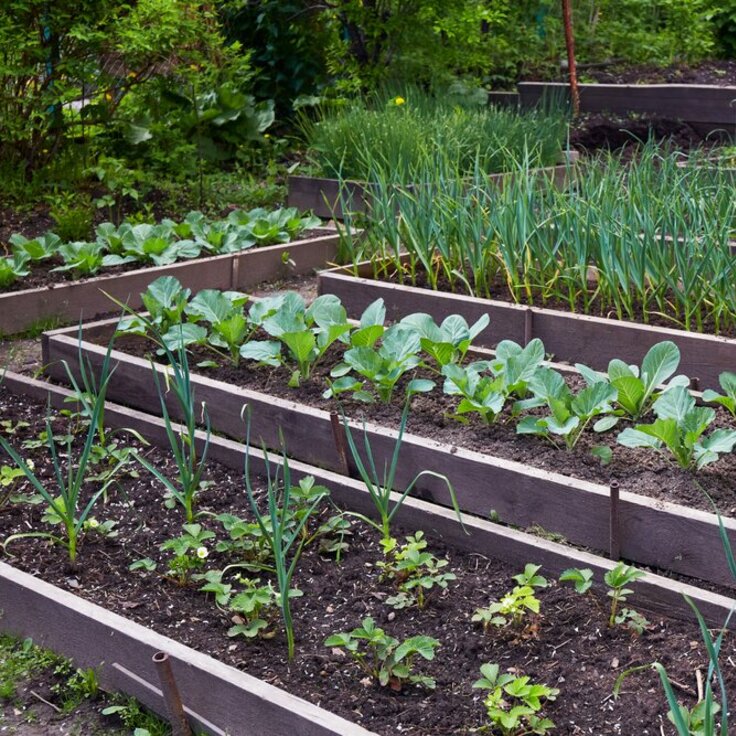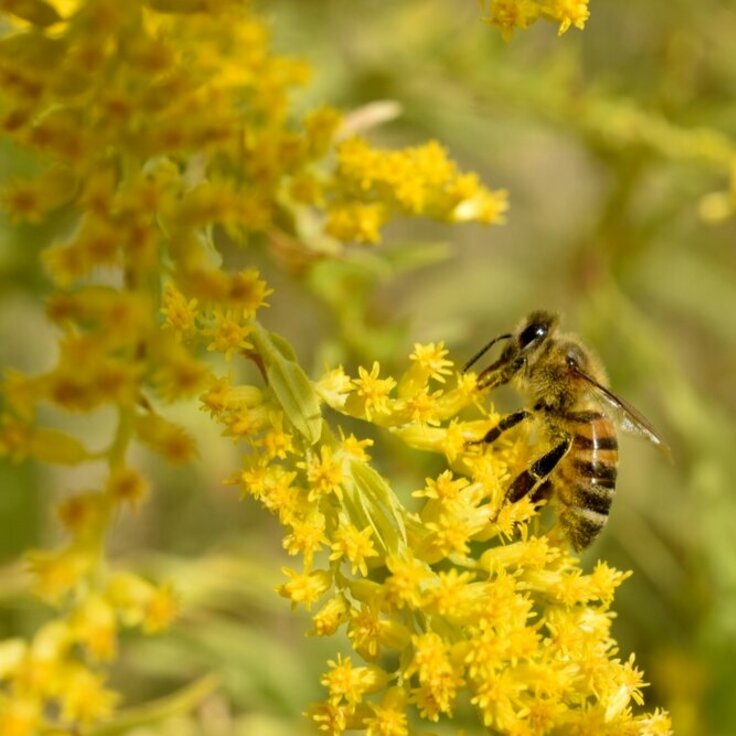Tree Planting Tips
Spring is a great time to plant trees in your landscape. Here are some guidelines for planting a container-grown or balled-and-burlapped tree, the types most commonly available at local nurseries and garden centers.
1. Choose the right tree. Do some research and select a tree that is appropriate for your landscape. Take into consideration your climate and light levels, and the mature size of the tree. Trees shouldn't be an impulse buy or a matter of what's on sale that week.
2. Plant it as soon as possible. In the meantime, keep it in a sheltered location and keep the soil moist.
3. Dig a hole at least twice as wide, but just as deep, as the root ball. You want the tree to sit at exactly the same depth as it is in its nursery container. Ideally, the rootball will sit on undisturbed soil, so try not to dig too deep a hole, then have to backfill to bring it up to the proper level. Why? Because backfilled soil will settle, and you may find that your tree will end up in shallow depression where water will collect around the trunk.
You do want the hole significantly wider than the rootball. This is especially important if you have heavy clay soil, because using a spade to dig a hole in clay creates slick walls, similar to the way a potter's hands create a smooth pot. This smooth, slick surface is univiting to roots. By digging the hole two or three times wider than the rootball, you create a transition zone, inviting the roots to venture out. Keep in mind that at the nursery the tree roots are in a rich, loose, nursery soil, and you want to encourage them to spread into the surrounding soil.
4. Set the tree in the hole. If the tree is wrapped in burlap, cut the twine holding the fabric, trying not to disturb the roots. If the tree is in a metal basket, bend it back or cut the wires around the perimeter.
5. Begin backfilling. Use the soil you removed from the hole, rather than using purchased topsoil or compost. Again, this is to encourage the tree to anchor itself into the native soil. You are creating a transition zone of loose, but still native, soil. At most, amend the backfill soil with 10 percent topsoil or compost, but no more. Once the hole is half filled, water it well. Make sure the tree is still sitting at the proper height.
6. Finish backfilling. Bring the soil level up to the level of the surrounding soil. Water the tree again. Then create a 3- or 4-inch-tall berm about 2 feet in diameter around the perimeter, to create a little catch basin around the tree. This will hold the water you, or nature, applies, directing it toward the root zone. Once the tree is established, you can remove this berm. Eventually, you want water to drain away from the trunk, but as the tree is settling in, it's critical that the roots receive adequate water.
7. Mulch the tree. Use a 2- or 3-inch layer of bark mulch to help hold in moisture and discourage weeds. Be sure not to pile mulch up against the trunk, however, as this can lead to rot and disease. Leave a few inches between the trunk and the mulch.
8. Water your tree regularly, especially during its first season of growth. This is the single most important step in ensuring your tree's survival!
Read more here from the National Gardening Association.








